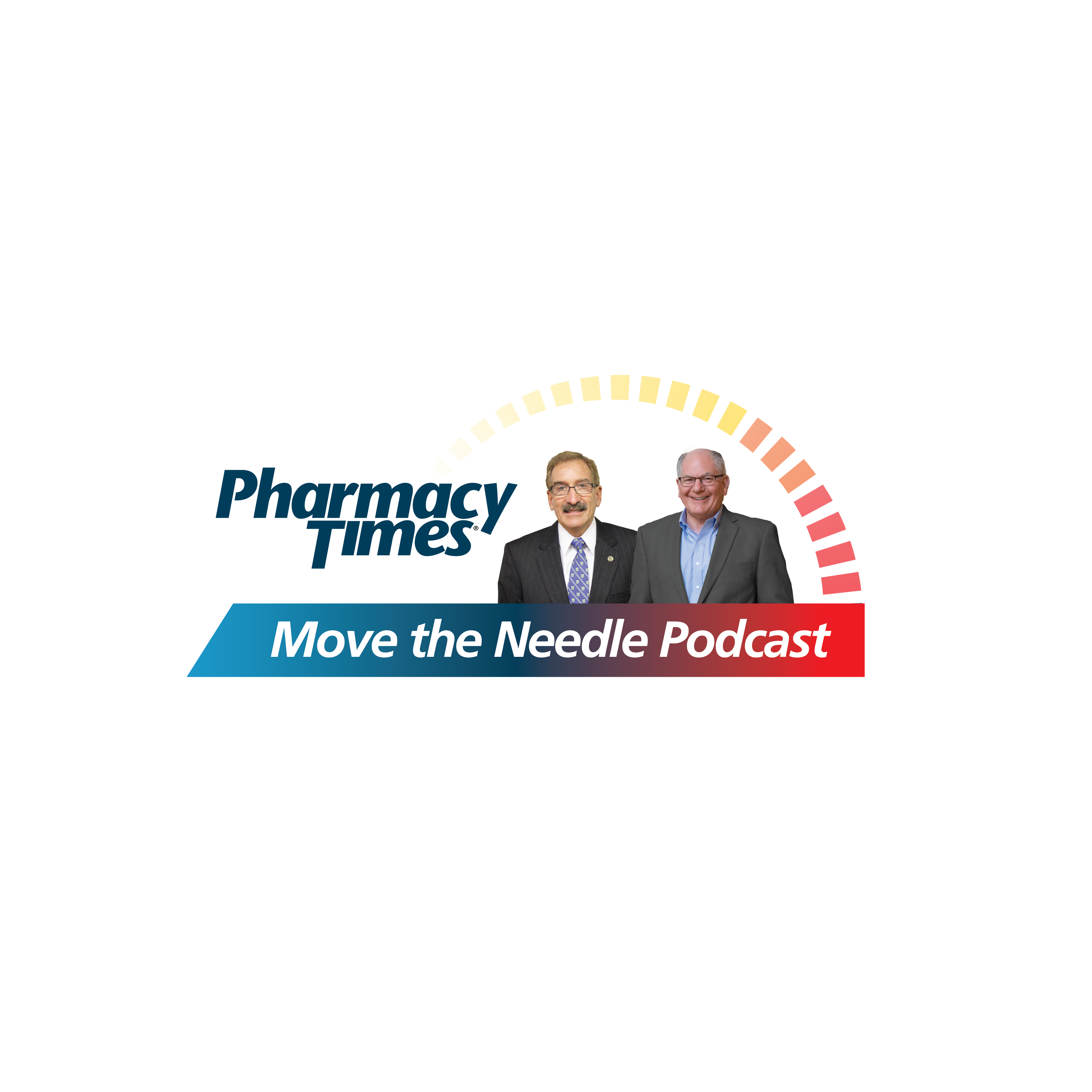Publication
Article
Pharmacy Times
For Our Children's Sake, Clear Up OTC Cough and Cold Product Labels
Author(s):
Confusing guidelines regarding dosing of some OTC products can potentially harm young children.
Confusing guidelines regarding dosing of some OTC products can potentially harm young children.
While visiting a community pharmacy, an Institute for Safe Medication Practices pharmacist witnessed an interaction between a customer and pharmacist regarding the dosing of an OTC cough and cold product. A father brought a package of a children’s cough and cold liquid that contained brompheniramine, dextromethorphan, and phenylephrine to the pharmacy consultation window and asked to speak with the pharmacist.
He explained that he gave this medication to his daughter—who is now 8 years of age—without problems, and now he wanted to give it to his son, who is almost 2 years of age. He noticed the dosing chart on the box said “Children under 6 years, ask a doctor.” The dad explained to the pharmacist that his daughter’s pediatrician had recommended this in the past, but he was on vacation and not available for consultation. He now wanted the pharmacist to tell him the effective dose for his son.
UNINTENTIONAL HARM
It is not surprising that caregivers may be confused when considering an OTC cough and cold product for their child. Many caregivers have used these products for years to treat their child’s symptoms assuming that they were safe and effective for all children.
In early 2008, however, the FDA recommended that OTC cough and cold drugs not be used to treat children less than 2 years of age. Later that year, the Consumer Healthcare Products Association pledged to voluntarily modify the product labels for consumers of OTC cough and cold medicines to state “do not use” in children under 4 years of age. Despite these recommendations and label changes, caregivers still may mistakenly believe it is safe to give children younger than 2 years of age these products, as illustrated in the case above.
Errors when dosing OTC cough and cold medications can negatively impact patient safety. Misuse and overdoses of cough and cold medications containing antihistamines and decongestants can result in patient harm and even death.
In fact, from 2000 through 2004, US poison control centers received 3912 reports of 10-fold overdoses involving children younger than 6 years of age, with 92.7% (3609) occurring in a residence.1 Errors involving antihistamine decongestant combinations impacted 18.3% (179) of the children between 1 and 6 years of age. Overall, 8% of the children younger than 6 years of age experienced more than a minor effect.
SAFE PRACTICE RECOMMENDATIONS
Regulators, manufacturers, and practitioners have roles to play in protecting infants and children from inappropriate administration of cough and cold products. Some risk reduction strategies are:
• Store OTC cough and cold medicines close to or behind the pharmacy counter to facilitate more pharmacist—customer interaction when these products are purchased.
• When stored on publicly accessible store shelves, consider the use of signs to encourage customers to consult the pharmacist for drug and dosing information.
• Evaluate the variety and quantity of these products you currently stock. Consider restricting the variety of products on store shelves to reduce confusion.
• When a customer is purchasing a product or evaluating one in the aisle, be proactive and ask if the person has any questions. Inquire about the age of the child that will be receiving the product. Educate the customer that the product is not appropriate for children under 2 years of age.
• The FDA and manufacturers should work to improve the label content and design of these products so that instructions are clear and understandable.
Michael J. Gaunt, PharmD Medication Safety Dr. Gaunt is a medication safety analyst and the editor of ISMP Medication Safety Alert! Community/ Ambulatory Care Edition.







